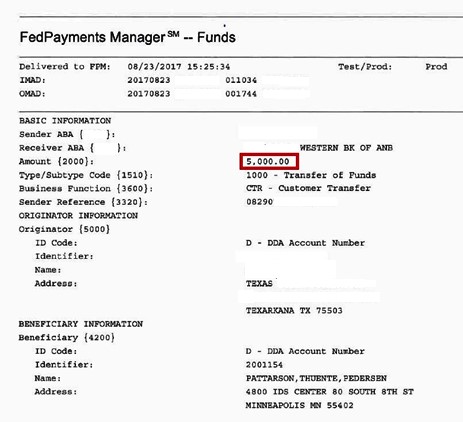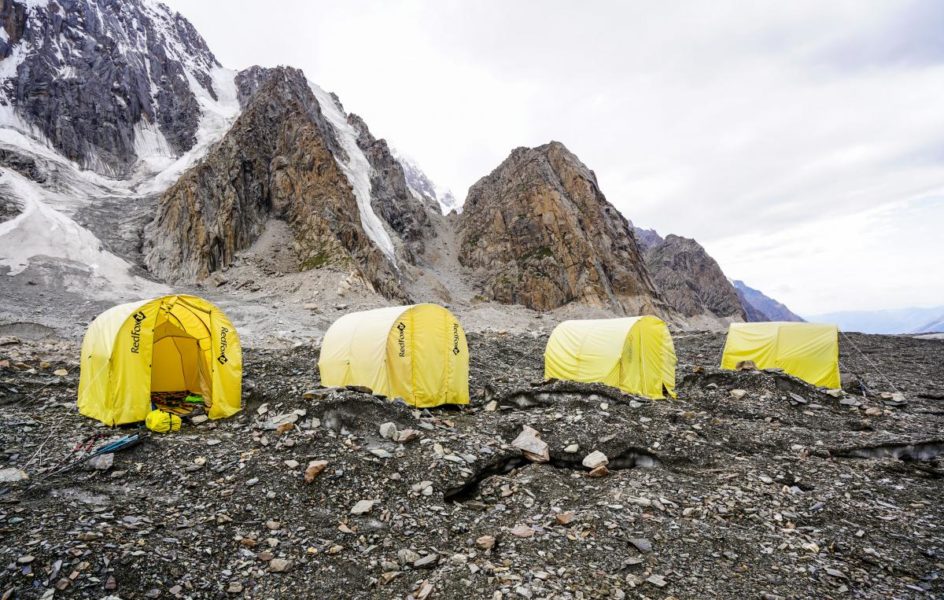Howdy folks!
Oh no! Summer’s nearly over! So I’d better start winding up these here tales from the Kyrgyz side – our Tian Shan expedition across glaciers and along ‘trains‘ of glacial rubble, aka – what I did this summer…
Now, I have a list of what are, to me, the 100 most beautiful, most fantastic places on the planet – both natural and man-made. It contains waterfalls, lakes, caves, deserts, volcanoes/volcanism, multicolored rock formations, deep canyons, Patagonias and Galapagos islands. And a lot more besides. But conspicuously absent from the list are mountains…
Well now the time has come to correct such negligence…
Accordingly, herewith, I put forward the candidacy of Tian Shan, Engilchek Glacier and the landscapes that surround them, for entry into my Top-100 List of the Most Beautiful Places in the World.
The glacier is reeaaal long – some 60km+ – and we covered almost all 60 (apart from the last 10 up where the glacier starts). But the glacier really starts up on the very highest slopes of the mountains – around 6000-8000 meters up! But there was no way we’d be rock climbing so high: we were, after all, a group of mere-mortal office plankton taking a leisurely, albeit it rather extreme and unusual, ‘stroll’ :).
Read on: Around the glacier in ten days…








































